Grow Mango Tree from Seed: Imagine biting into a juicy, sun-ripened mango, bursting with tropical flavor, and knowing you grew it yourself! It sounds like a dream, right? Well, it doesn’t have to be! This DIY guide will walk you through the surprisingly simple process of cultivating your very own mango tree from a single seed. Forget expensive nursery saplings; we’re going back to basics and embracing the magic of nature.
For centuries, mangoes have been revered in cultures around the globe, particularly in South Asia, where they originated. They’re not just delicious; they’re symbols of prosperity, love, and even immortality in some traditions! Think about that rich history as you embark on this rewarding journey.
Why should you learn this DIY trick? Because growing your own mango tree is incredibly satisfying! Not only will you save money, but you’ll also gain a deeper appreciation for the natural world. Plus, you’ll have the bragging rights of saying, “I grew this!” when you share your delicious mangoes with friends and family. Let’s face it, who wouldn’t want to grow mango tree from seed and enjoy the fruits (literally!) of their labor? So, grab a mango, and let’s get started!
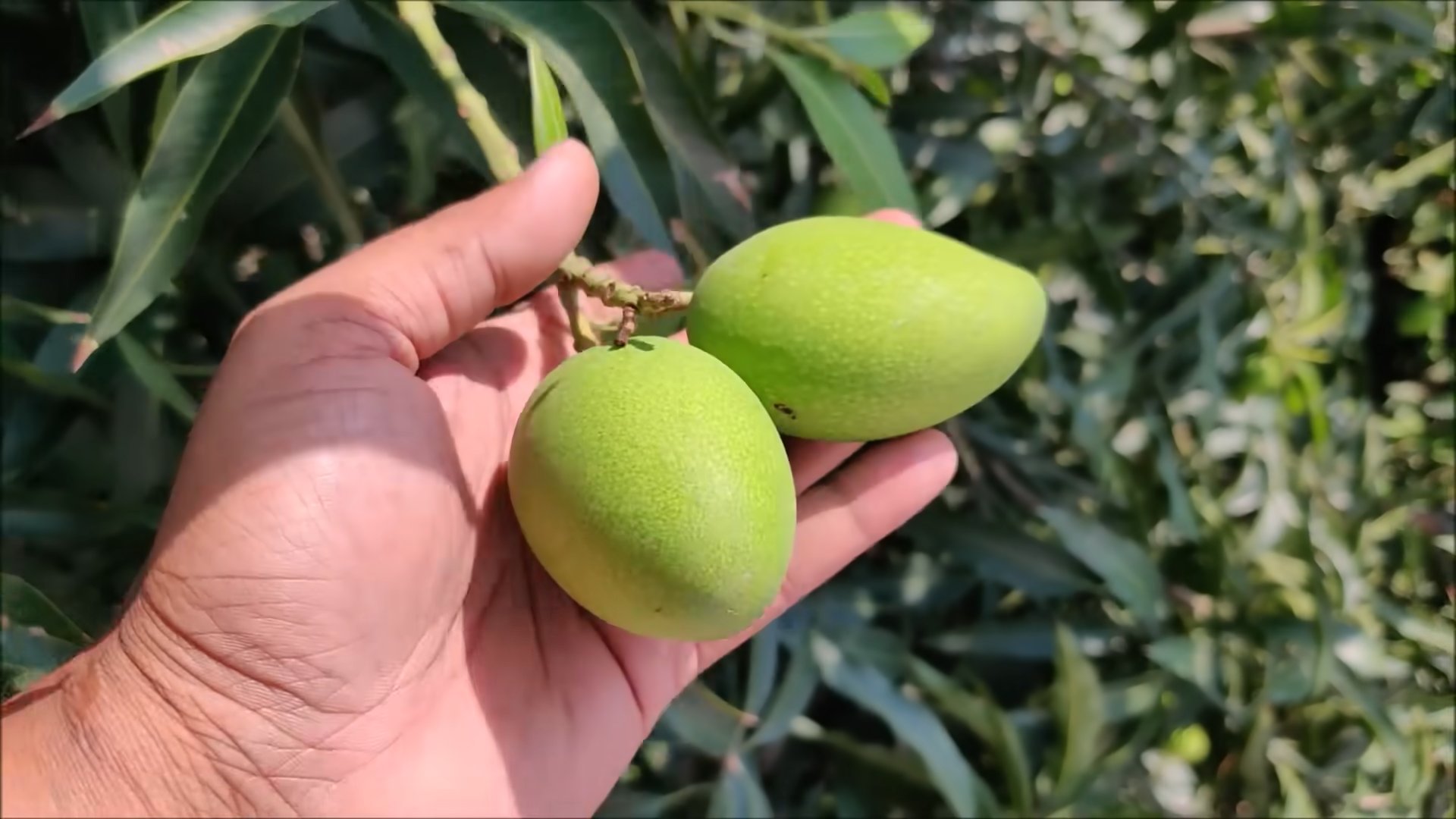
Growing Your Own Mango Tree From Seed: A Tropical Adventure!
Hey there, fellow plant enthusiasts! Ever dreamt of having your own mango tree, laden with juicy, sun-ripened fruit, right in your backyard? Well, guess what? It’s totally achievable, even if you don’t live in the tropics! Growing a mango tree from seed is a rewarding (though patient!) process. It’s a bit of a journey, but trust me, the satisfaction of nurturing a tiny seed into a thriving tree is absolutely worth it.
This guide will walk you through every step, from selecting the perfect mango to planting your sprouted seed. Let’s get started!
Choosing the Right Mango and Preparing the Seed
The first and most crucial step is selecting the right mango. Not all mangoes are created equal when it comes to germination potential.
* Variety Matters: Fiberless varieties like Tommy Atkins, Haden, or Kent are generally easier to sprout. These varieties tend to have polyembryonic seeds, meaning they can produce multiple seedlings from a single seed. This increases your chances of success.
* Ripeness is Key: Choose a mango that is fully ripe. It should be fragrant, slightly soft to the touch, and have vibrant color. Overripe mangoes are okay, but avoid those that are bruised or damaged.
* Freshness is Paramount: The fresher the mango, the better the chances of germination. Ideally, you should extract the seed and start the process as soon as possible after enjoying the fruit.
Now, let’s get that seed ready for its new life!
1. Enjoy the Mango! First things first, savor the deliciousness of your chosen mango. Remove as much of the flesh as possible from the seed. This will help prevent mold and rot during germination.
2. Extract the Seed: This is where things get a little tricky. Inside the fibrous husk of the mango seed is the actual seed kernel. You need to carefully extract it.
* Safety First: Use a sharp knife or pruning shears. Be extremely cautious to avoid cutting yourself.
* Cutting the Husk: Carefully cut along the edge of the husk, being mindful not to damage the seed inside. You might need to make several small cuts to pry it open.
* Removing the Kernel: Once you’ve opened the husk, gently remove the seed kernel. It will look like a large bean.
3. Inspect the Kernel: Check the kernel for any signs of damage or rot. Discard any kernels that look unhealthy. A healthy kernel should be plump and firm.
4. Optional: Soak the Kernel: Some people recommend soaking the kernel in water for 24 hours before planting. This can help to soften the outer layer and encourage germination. I’ve had success both with and without soaking, so it’s really up to you.
Germinating the Mango Seed
This is where the magic happens! There are a couple of methods you can use to germinate your mango seed. I’ll share my preferred method, which I find to be the most reliable.
* The Paper Towel Method: This method allows you to monitor the germination process closely and ensures a moist environment.
1. Prepare Your Supplies: You’ll need a paper towel, a resealable plastic bag (like a Ziploc bag), and some water.
2. Moisten the Paper Towel: Dampen the paper towel with water. It should be moist but not dripping wet.
3. Wrap the Kernel: Place the mango seed kernel on the damp paper towel and fold the towel over it, completely covering the kernel.
4. Seal in the Bag: Place the wrapped kernel in the resealable plastic bag. Seal the bag, leaving a small opening for air circulation.
5. Find a Warm Spot: Place the bag in a warm location, such as on top of your refrigerator or near a sunny window (but not in direct sunlight). The ideal temperature for germination is between 70-80°F (21-27°C).
6. Monitor and Moisten: Check the paper towel every few days to ensure it remains moist. If it starts to dry out, lightly mist it with water.
7. Patience is Key: Germination can take anywhere from 1 to 4 weeks, or even longer. Don’t give up! You should see a small root emerging from the kernel.
Planting Your Sprouted Mango Seed
Once your mango seed has sprouted a root (about 1-2 inches long), it’s time to plant it in soil!
1. Prepare Your Pot: Choose a pot that is at least 6 inches in diameter and has drainage holes. Mango trees need well-draining soil to thrive.
2. Choose Your Soil: Use a well-draining potting mix. A mix of potting soil, perlite, and vermiculite works well.
3. Plant the Seed: Fill the pot with the potting mix, leaving about an inch of space at the top. Gently place the sprouted mango seed on top of the soil, with the root facing down. Cover the seed with about half an inch of soil.
4. Water Gently: Water the soil gently until it is moist but not waterlogged.
5. Find a Sunny Spot: Place the pot in a sunny location. Mango trees need at least 6 hours of sunlight per day.
6. Keep the Soil Moist: Water the soil regularly, keeping it consistently moist but not soggy. Allow the top inch of soil to dry out between waterings.
Caring for Your Mango Seedling
Congratulations! You’ve successfully planted your mango seed. Now, it’s time to nurture it into a healthy, thriving tree.
* Sunlight: As mentioned before, mango trees need plenty of sunlight. If you don’t have a sunny spot indoors, you may need to supplement with a grow light.
* Watering: Water regularly, allowing the top inch of soil to dry out between waterings. Overwatering can lead to root rot, so be careful not to overdo it.
* Fertilizing: Feed your mango seedling with a balanced fertilizer every few weeks during the growing season (spring and summer). Follow the instructions on the fertilizer label.
* Pruning: Prune your mango seedling to encourage branching and a strong structure. Remove any dead or damaged branches.
* Repotting: As your mango tree grows, you’ll need to repot it into a larger container. Choose a pot that is at least 2 inches larger in diameter than the previous pot.
* Pest Control: Keep an eye out for pests such as aphids, spider mites, and mealybugs. Treat any infestations promptly with insecticidal soap or neem oil.
* Winter Care: If you live in a climate with cold winters, you’ll need to protect your mango tree from frost. You can bring it indoors or wrap it in burlap.
Important Considerations
* Grafting: Mango trees grown from seed can take several years to produce fruit, and the fruit may not be true to the parent variety. Grafting a branch from a known fruiting variety onto your seedling can significantly reduce the time to fruiting and ensure that you get the desired type of mango. This is a more advanced technique, but it’s worth considering if you’re serious about getting fruit sooner rather than later.
* Climate: Mango trees are tropical plants and thrive in warm climates. If you live in a colder climate, you’ll need to grow your mango tree in a container and bring it indoors during the winter.
* Patience: Growing a mango tree from seed takes time and patience. Don’t get discouraged if it takes a while for your seed to germinate or for your tree to start producing fruit. Enjoy the process and celebrate each milestone along the way!
Growing a mango tree from seed is a labor of love, but it’s an incredibly rewarding experience. With a little care and attention, you can have your own tropical paradise right in your backyard. Happy growing!
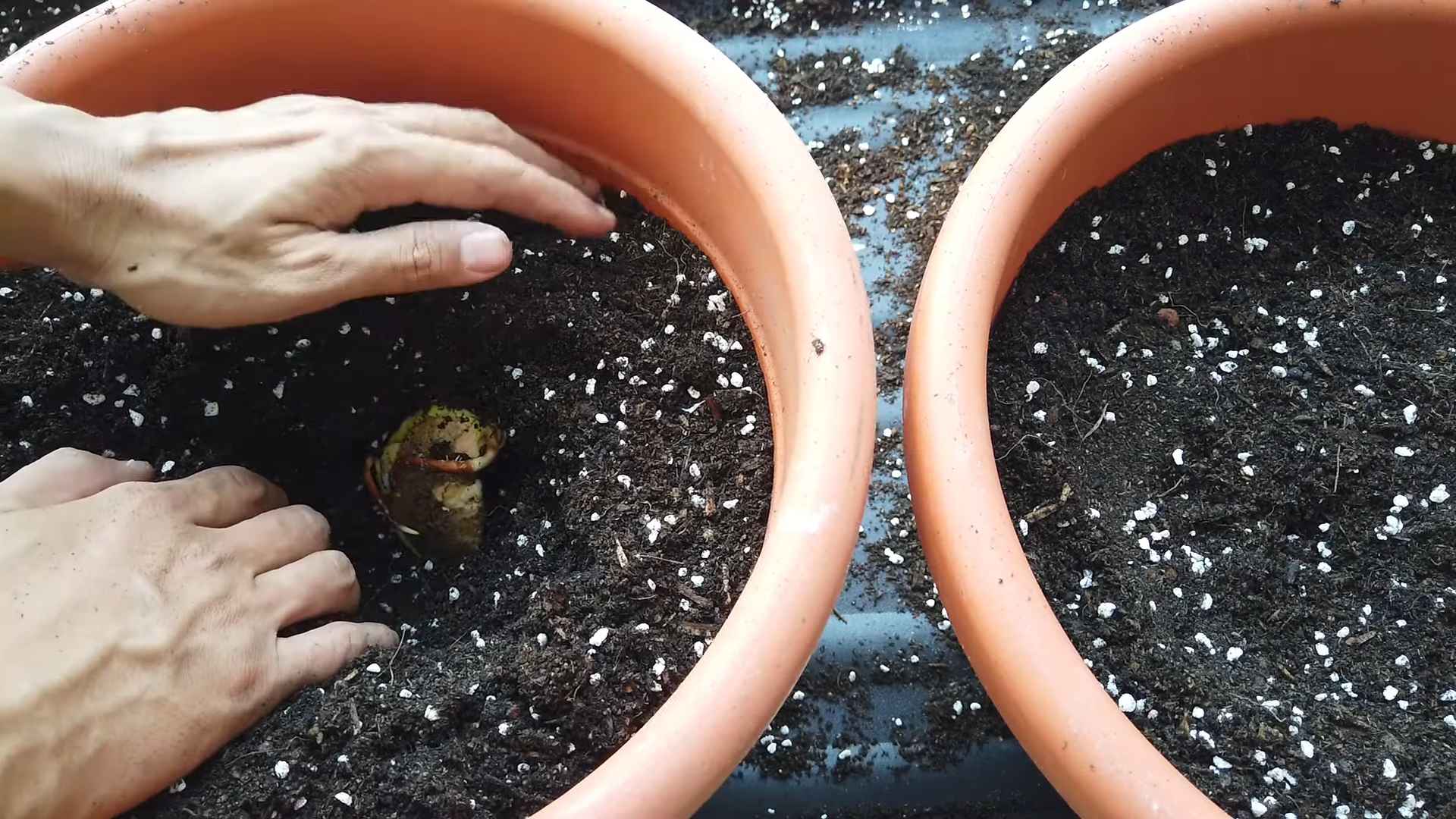
Conclusion
So, there you have it! Growing a mango tree from seed isn’t just a fun project; it’s a rewarding journey that connects you to the natural world and provides the potential for delicious, homegrown fruit for years to come. While it requires patience and a little bit of care, the process is surprisingly straightforward, and the satisfaction of nurturing a tiny seed into a thriving tree is unparalleled.
This DIY trick is a must-try for several reasons. First, it’s an incredibly cost-effective way to acquire a mango tree. Instead of spending a significant amount of money on a grafted sapling, you can utilize a mango seed from a fruit you’ve already enjoyed. Second, it’s a fantastic educational experience, especially for children. It teaches them about the life cycle of plants, the importance of nurturing, and the wonders of nature. Third, it allows you to cultivate a mango variety that you specifically enjoy. If you loved the flavor of the mango you got the seed from, you have a good chance of growing a tree that produces similar fruit.
But the benefits don’t stop there. Growing your own mango tree contributes to a greener environment. Trees absorb carbon dioxide and release oxygen, helping to combat climate change. Plus, having a mango tree in your backyard can provide shade and attract beneficial insects and pollinators.
Don’t be afraid to experiment with variations! Try different mango varieties to see which ones thrive best in your climate. You can also experiment with different potting mixes to find the optimal growing medium for your seedling. Consider using organic fertilizers to nourish your tree and promote healthy growth. If you live in a colder climate, you can grow your mango tree in a large pot and bring it indoors during the winter months. This allows you to enjoy the beauty of the tree year-round, even if you can’t grow it outdoors permanently.
Remember, success with growing a mango tree from seed depends on providing the right conditions: warmth, sunlight, and consistent moisture. Be patient, observant, and willing to adapt your approach as needed.
We strongly encourage you to give this DIY trick a try. It’s a fun, educational, and rewarding experience that can bring joy and delicious fruit to your life. Once you’ve embarked on this journey, we’d love to hear about your experience! Share your photos, tips, and challenges in the comments below. Let’s create a community of mango-growing enthusiasts and learn from each other’s successes and failures. Your insights could be invaluable to others who are just starting out. So, grab a mango seed, get your hands dirty, and start growing your own little piece of tropical paradise today! This is a great way to learn how to **grow mango tree from seed**.
Frequently Asked Questions (FAQ)
1. What type of mango seed is best for growing a tree?
The best mango seed to use is one that comes from a ripe, healthy mango that you enjoyed eating. The fresher the seed, the better the chances of germination. Ideally, choose a polyembryonic mango variety, as these are more likely to produce true-to-type offspring. Polyembryonic mangoes have multiple embryos within the seed, meaning that some of the resulting seedlings will be genetically identical to the parent tree. Monoembryonic mangoes, on the other hand, have only one embryo, and the resulting seedling will be a hybrid of the parent tree and another mango variety. While you can still grow a tree from a monoembryonic seed, the fruit it produces may not be the same as the mango you got the seed from.
2. How long does it take for a mango seed to germinate?
Germination time can vary depending on the mango variety, the freshness of the seed, and the environmental conditions. Generally, it takes anywhere from 1 to 4 weeks for a mango seed to germinate. To speed up the process, you can soak the seed in water for 24 hours before planting it. Make sure to keep the soil consistently moist but not waterlogged. Providing warmth and humidity can also help to encourage germination.
3. What kind of soil is best for growing a mango tree from seed?
Mango trees prefer well-draining soil that is rich in organic matter. A good potting mix for mango seedlings is a combination of potting soil, compost, and perlite or vermiculite. The potting soil provides nutrients, the compost adds organic matter, and the perlite or vermiculite improves drainage. Avoid using heavy clay soil, as it can become waterlogged and suffocate the roots.
4. How much sunlight does a mango seedling need?
Mango seedlings need plenty of sunlight to thrive. Aim for at least 6-8 hours of direct sunlight per day. If you are growing your seedling indoors, place it near a sunny window or use a grow light. Insufficient sunlight can lead to weak, leggy growth.
5. How often should I water my mango seedling?
Water your mango seedling regularly, keeping the soil consistently moist but not waterlogged. The frequency of watering will depend on the climate, the type of soil, and the size of the pot. Check the soil moisture regularly by sticking your finger into the soil. If the top inch of soil feels dry, it’s time to water. Avoid overwatering, as this can lead to root rot.
6. When should I transplant my mango seedling to a larger pot or into the ground?
Transplant your mango seedling to a larger pot or into the ground when it has outgrown its current container. This is usually when the roots start to circle around the bottom of the pot. Choose a pot that is at least twice the size of the current pot. If you are planting your mango tree in the ground, choose a location that receives plenty of sunlight and has well-draining soil. Dig a hole that is twice as wide and as deep as the root ball. Gently remove the seedling from its pot and place it in the hole. Backfill the hole with soil and water thoroughly.
7. How long does it take for a mango tree grown from seed to produce fruit?
Mango trees grown from seed typically take 5-8 years to produce fruit. Grafted mango trees, on the other hand, can start producing fruit in 3-5 years. The time it takes for a seedling to fruit can also depend on the mango variety and the environmental conditions. Be patient and continue to provide your tree with the care it needs, and eventually, you will be rewarded with delicious, homegrown mangoes.
8. What are some common problems that can affect mango seedlings?
Some common problems that can affect mango seedlings include pests, diseases, and nutrient deficiencies. Pests such as aphids, mealybugs, and spider mites can suck the sap from the leaves, causing them to become yellow and distorted. Diseases such as powdery mildew and anthracnose can cause spots and lesions on the leaves and fruit. Nutrient deficiencies can lead to stunted growth and yellowing of the leaves. To prevent these problems, inspect your seedling regularly for signs of pests or diseases. Provide your tree with adequate sunlight, water, and nutrients. You can also use organic pest control methods, such as neem oil or insecticidal soap, to control pests.
9. Can I grow a mango tree from seed in a pot indefinitely?
Yes, you can grow a mango tree from seed in a pot indefinitely, especially if you live in a climate where it’s too cold to grow them outdoors year-round. However, you will need to repot the tree into a larger container as it grows. Eventually, you may need to prune the roots to prevent the tree from becoming root-bound. Make sure to provide your potted mango tree with adequate sunlight, water, and nutrients.
10. What are some tips for increasing the chances of success when growing a mango tree from seed?
Here are some tips for increasing the chances of success when growing a mango tree from seed:
* Use a fresh, healthy mango seed from a ripe mango.
* Soak the seed in water for 24 hours before planting it.
* Plant the seed in well-draining soil that is rich in organic matter.
* Provide the seedling with plenty of sunlight and water.
* Protect the seedling from pests and diseases.
* Be patient and don’t give up!
By following these tips, you can increase your chances of successfully growing a mango tree from seed and enjoying delicious, homegrown mangoes for years to come.


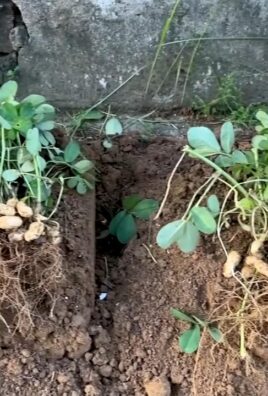
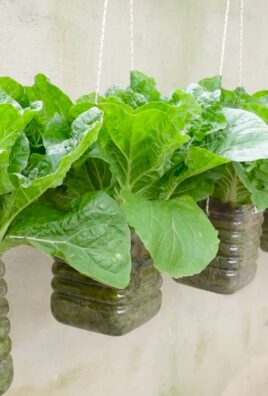
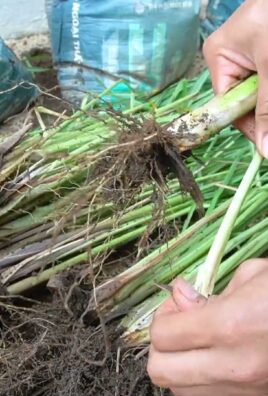
Leave a Comment